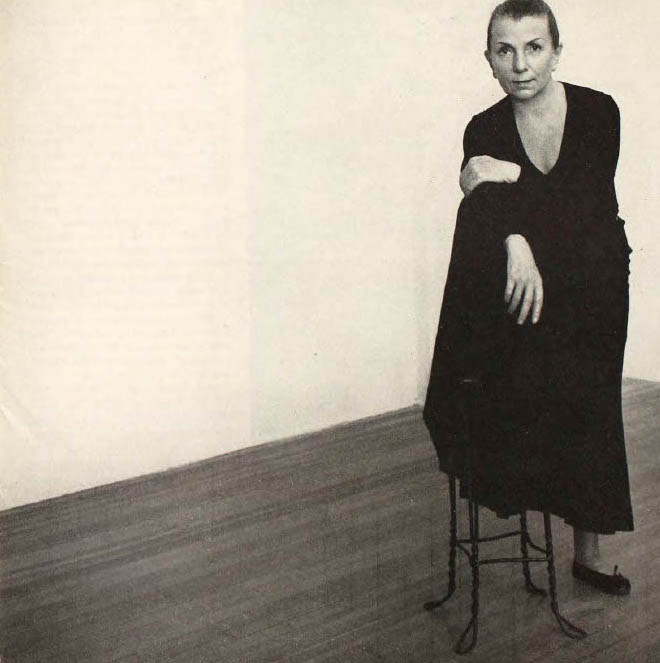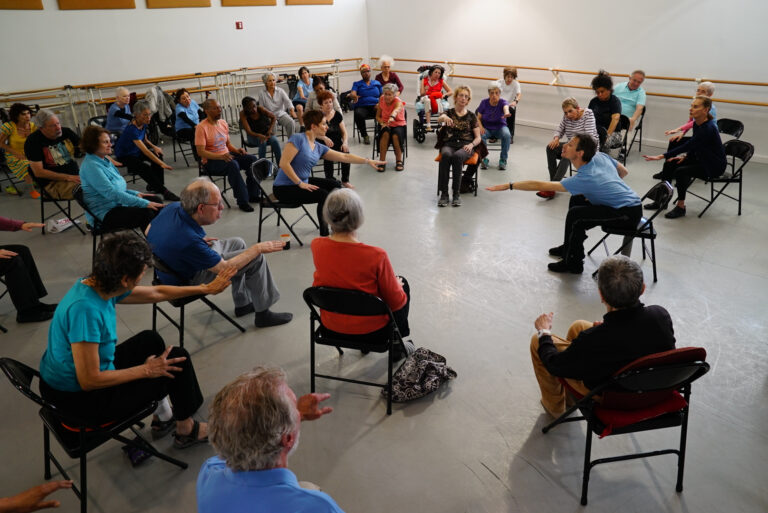
The moment after a dancer goes down can feel tense and confusing regardless of the cause. Should you stop the music? Do the dancers need to leave the studio? Should you call for medical assistance?
Knowing how to approach common first-aid scenarios is paramount for dance teachers and studio owners. “They are often the frontline folks responding to the problem first,” says Lauren McIntyre, an athletic trainer and clinical specialist at the Harkness Center for Dance Injuries at NYU Langone Health.
Having a plan can help you remain in control of the situation, answer all of the immediate questions that arise, and ultimately care for the person who’s injured or sick. Here’s what you need to know.
Learn the “Choreography of an Emergency”
It’s important that everyone understand their role in an emergency, McIntyre says. Establish clear expectations for each person—from the front desk staff to the students—to handle the situation. For example, if someone needs emergency assistance, who is responsible for calling 911 and who will let emergency medical services in the building?
This is what McIntyre calls the “choreography of an emergency.” Just like you’d choreograph steps in a dance piece and rehearse them, it’s important to review your emergency protocol regularly. Consider having an informal pre-class safety huddle with dancers and studio staff to ensure everyone is on the same page before you even begin, she suggests.
Pause Before You React
There’s an instinct to run for the nearest ice pack when someone slips, falls or hurts themself in the studio—but that’s not always what the injured person needs, McIntyre says. The first thing you should do if someone goes down is pause, scan the scene to assess what happened, and determine whether it’s safe to approach the person, she says.
Stop teaching class, make sure that the injured person is conscious, and ask them if it’s okay to help them. “In dance culture, we come from a ‘show must go on’ mentality,” McIntyre says. “Sometimes, students fall and nobody actually checks in. They just scuttle off to the side.”
From there, the injured dancer might be fine to sit out the rest of the class or rehearsal, or they might need additional care from a doctor, physical therapist or emergency medical services. Remember that everyone responds differently to injuries; an ankle sprain that seems minor to one dancer could be traumatic for another. “When in doubt, call,” McIntyre says. “You can never be wrong by summoning someone with more expertise.”
Treat Concussions and Falls With Extra Care
A dancer may fall due to something that’s unrelated to a musculoskeletal injury, says Dr. Jeffrey Pellegrino, professor of emergency management at the University of Akron, and a senior advisor to the Scientific Advisory Council of the American Red Cross. For example, seizures, dehydration and fainting can happen in a dance setting where people are being asked to exert themselves and do challenging things with their bodies.
Concussions, which are common in dance, require immediate care, even if the person doesn’t complain about symptoms at the time. “If someone experiences a mechanism that could induce concussion—like they got kicked, they were dropped, they fell, hit their head on something—that’s a moment where we want to pause and have them sit out and ultimately seek care from a provider as soon as possible,” McIntyre says.
If someone falls, make sure that they’re conscious and can breathe, McIntyre says. Don’t immediately scoop someone up to stand, because there’s a chance that other body parts could be injured. They should remain lying on the floor with someone monitoring them until medical attention arrives, she says.
Get Consent Before Calling 911
If you’re in a situation where you need to call 911 for emergency medical services, you need to ask the people involved for consent and explain why you’re calling. Some people might not feel safe having police or other law enforcement arrive. For example, you could say, “I feel uncomfortable about the situation. Do you mind if I call 911 to summon some more advanced help for you?”
Do a Check-In After the Incident
What you do after someone is injured or falls sick is just as important as what you do in the moment. “It strikes the mood from the class,” McIntyre says. Have a “stress-relieving chat and a critical-incident debrief” with the injured or ill person and the rest of the class who witnessed it, she says.
Lastly, after the fact, there’s an opportunity to talk about what went well with the emergency response and how you can improve your performance the next time something happens.
Consider Getting Certified in First Aid
Getting trained and certified in first aid and CPR/AED (cardiopulmonary resuscitation/automated external defibrillator) is a great idea for anyone working at a dance studio, and the American Red Cross offers affordable courses around the country. Not only do these classes teach you tangible skills, they also give you a chance to practice lifesaving techniques in a controlled setting, so you can feel confident applying them in the real world, Pellegrino says.
What to Keep in Your First-Aid Kit
The Red Cross has a comprehensive list of supplies that you should have in a first-aid kit. Here are some dance-specific tools that experts say are wise for studios to have on hand:
- Personal protective equipment: If you’re handling blood or wounds, gloves and masks will protect you and the person you’re treating from potentially transmitting any diseases, Pellegrino says.
- Tools to stop bleeding: Large, absorbent compress dressings, adhesive bandages of varying sizes, sterile gauze and cloth tape are crucial for addressing wounds.
- Triangular bandages: These versatile bandages can be used to create a sling for the arm and shoulder or tourniquet to apply pressure to a wound.
- Splinting supplies: Rather than MacGyvering a splint out of random objects in the studio, there are flexible materials that allow you to mold a comfortable splint around a limb, Dr. Jeffrey Pellegrino says.
- Instant ice packs: But keep in mind that the research on the benefits of icing musculoskeletal injuries is conflicting, and ice isn’t a panacea.
- Medications: If students are prescribed medications or medical devices for specific conditions—like a rescue inhaler for asthma or an epinephrine automatic injector for allergies—you should keep them readily available in your kit and know how to assist with them, Pellegrino says.





